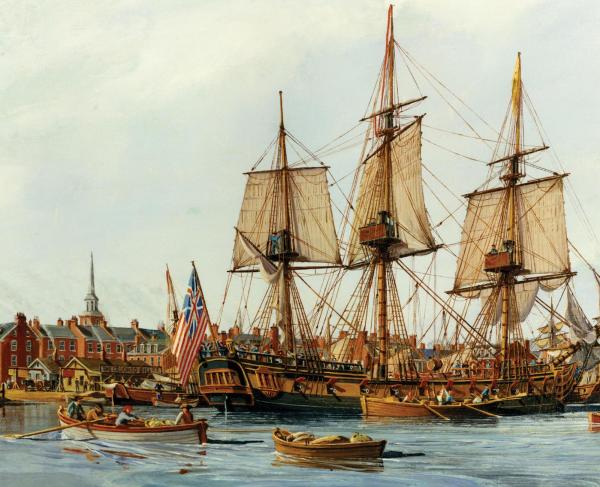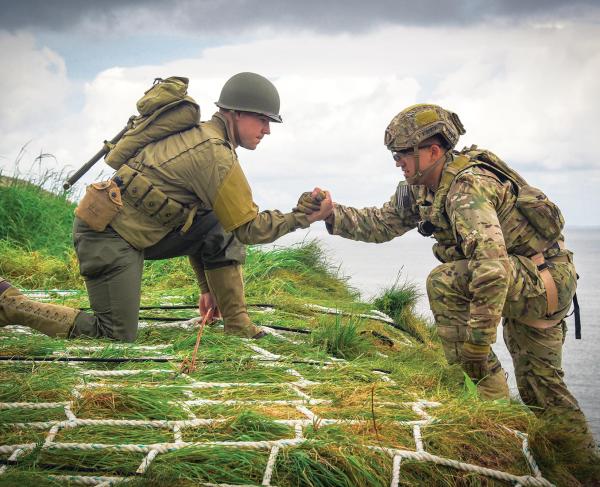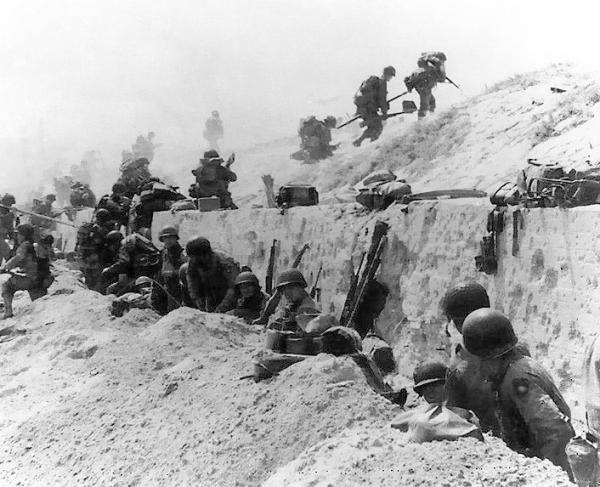The 116th Infantry Regiment

The oldest unit in continuous service in the Virginia National Guard, the 116th Infantry Regiment was organized on November 3, 1741. Over the course of the next two centuries, the regiment played a major role in America’s armed conflicts. Known initially as the Augusta County Regiment and headquartered at Staunton, the unit’s primary responsibility was patrolling the Virginia frontier. Four companies from the regiment were called into service during the French and Indian War as well as Lord Dunmore’s War.
At the outbreak of the American Revolution, individual companies were mustered into the 2nd Virginia, 8th Virginia, 9th Virginia, and 10th Virginia Regiments. These regiments fought at Brandywine and Germantown before spending the winter of 1777-1778 with General George Washington’s Continental Army at Valley Forge outside Philadelphia. Following the break-up of the winter encampment, they all fought at the Battle of Monmouth. Transferred south, the bulk of these regiments surrendered when the British captured Charleston, South Carolina in the spring of 1780.
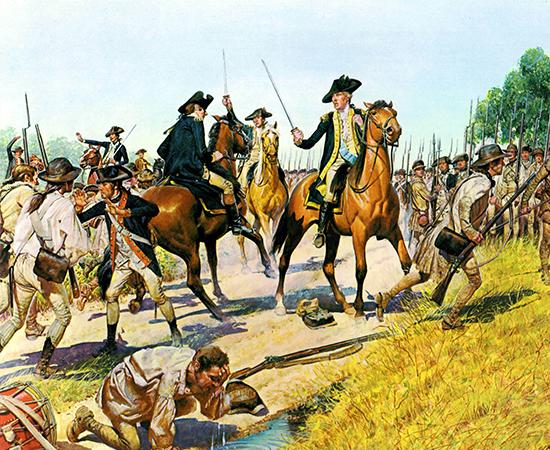
At the end of December 1792, the regiment was expanded to form the 32nd and 93rd Regiments of Virginia Militia. The regimental numbers were increased once again in 1839 to form the 160th Regiment. Shortly after the bombardment of Fort Sumter, the majority of the three regiments were consolidated and formed the 5th Virginia Infantry. The remainder of the regiments were mustered into Confederate service as the 52nd Virginia Infantry in May of 1862. Although both regiments served in the Second Corps of the Army of Northern Virginia and Army of the Valley, it was the 5th Virginia, however, that would gain everlasting renown during the Civil War.
During the Battle of First Manassas on July 21, 1861, the 5th Virginia fought on Henry House Hill. In the midst of the engagement, its brigade commander, Brig. Gen. Thomas J. Jackson earned his famous sobriquet, “Stonewall.” The name was applied to Jackson’s immediate command, and along with its sister regiments, the 5th Virginia became known as the “Stonewall Brigade.”
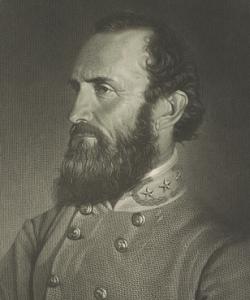
At First Kernstown in March 1862, the Fifth was held in reserve for much of the battle. When the Confederate line folded, the regiment marched forward to cover the retreat of Jackson’s force from the field. Three months later, the 52nd Virginia was engaged at Cross Keys. The following day, June 9, 1862, several miles away at Port Republic, the 5th Virginia fought along Lewiston Lane. During the Battle of Cedar Mountain that August, the Fifth engaged Brig. Gen. Samuel Crawford’s Federal brigade. The Virginians captured the flags of the 5th Connecticut Infantry and 28th New York Infantry.
Both regiments participated in the major campaigns of 1863 and 1864. The 5th Virginia fought in the Second Woods at the Battle of Third Winchester on September 19, 1864. Two days later at Fisher’s Hill, the regiment was near the right of the Confederate line before the position collapsed. Almost a month later, both regiments participated in Lt. Gen. Jubal Early’s final offensive at the Battle of Cedar Creek. The 5th Virginia and 52nd Virginia surrendered at Appomattox Court House on April 9, 1865. Through the efforts of the American Battlefield Trust, over 3,200 acres have been saved at these battlefields.
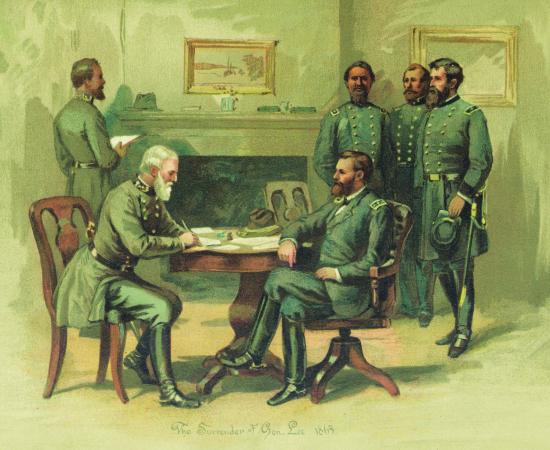
In the years after the close of the Civil War, the companies from the former Confederate regiments were consolidated and headquartered throughout the Shenandoah Valley as part of the state militia. These companies underwent a number of reorganizations over the coming decades. In the spring of 1917, with the designation of the 2nd Infantry, the regiment was inducted into Federal service shortly before United States entered World War I. That fall, the unit was re-designated the 116th Infantry Regiment and assigned to the 29th Division. It made up part of Gen. John J. Pershing’s American Expeditionary Force. During the fighting on the Western Front, the 116th Infantry fought in the Meuse-Argonne Offensive. On October 8, 1918, at Bois-de-Consenvoye, Sgt. Earl Gregory, single-handedly captured a machine gun and a 7.5-centimeter mountain howitzer along with 22 German soldiers. For this action, Gregory received a Medal of Honor, the first awarded to a member of the Virginia National Guard.
After the armistice, the unit returned to Virginia. On February 3, 1941, the regiment was again called into Federal service. It would make its most enduring sacrifice to freedom during World War II. On June 6, 1944, the 116th Infantry was one of the first to land on Omaha Beach in Normandy as part of the Allies’ liberation of Europe. The regiment suffered 341 casualties. Two days after D-Day, Tech. Sgt. Frank Peregory of Company K, 116th Infantry from Charlottesville, became the second Virginia Guardsman to earn the Medal of Honor when he single-handedly killed or captured 30 enemy soldiers. With a beachhead established, the 116th pushed inland and fought at St. Lo and at Brest. For its actions on D-Day, the 116th Infantry received the Presidential Unit Citation, the highest unit award authorized by the United States Army. Pushing across France, Belgium, and Holland the regiment broke through the Siegfried Line. In February 1945, the regiment continued its advance from the Roer to the Rhine. The unit reached the Elbe River several days prior to Germany’s surrender.
The 116th Infantry deployed in support of operations in Bosnia in 1995 and later to Afghanistan. Today, the regiment is part of the 116th Infantry Brigade Combat Team and is still assigned to the 29th Infantry Division. The men and women who make up its ranks embrace regiment’s motto, “Ever Forward,” earned during its service in the Argonne Forest.

